For some, sustainability communication is the new important topic in their own sustainability canon and for others it is already familiar territory. In any case, it is an important discipline for companies. On the one hand, in order to be able to implement their sustainability efforts at all, e.g. because employees have to be motivated to implement them. On the other hand, in order to utilise the sustainability efforts for business purposes, e.g. by communicating the successes to promote sales. We therefore want to take a look at what sustainability communication is and what constitutes good sustainability communication.
Contents
- What is sustainability communication?
- Defining sustainability communication goals
- Typical target groups for sustainability communication
- Internal communication to achieve your own sustainability goals
- External communication to utilise added value and business cases for sustainability
- Sustainability communication formats and channels
- Reporting as a special form of sustainability communication
- Sustainability communication content
- What should sustainability communication be like?
- Conclusion: Sustainability communication can make a valuable change to corporate communication
What is sustainability communication?
Sustainability communication is the way in which companies and organisations communicate about their sustainability efforts and achievements. On the one hand, it serves to inform the public about the measures and goals in the area of sustainability. Sustainability to raise awareness. On the other hand, it serves to communicate the topic internally and thus gain the support of employees. All in all, it is intended to raise awareness and create the basis for sustainable thinking and action, thereby increasing the Sustainable development promote.
Successful sustainability communication is transparent, credible and understandable. It takes the needs and interests of the target groups and other stakeholders into account. Stakeholders and supports them in thinking and acting more sustainably themselves.
Defining sustainability communication goals
The first and most important step is to set goals for sustainability communication. As with any other form of Corporate Communications the realisation stands and falls with the clear objective.
We first look at the context or status quo of the company. The following questions can help here:
- How far have we come with our sustainability performance?
- What's next on the agenda? What needs to be promoted communicatively?
- What problems are we facing and how can communication help us?
- What do my stakeholders expect?
Possible goals for sustainability communication could be
- Motivating employees to enable the realisation of sustainability goals
- Market development with more sustainable products
- Increase customer loyalty through identification with sustainability
- Empowering customers and other stakeholders to think and act more sustainably
- General image improvement after restructuring with regard to sustainability
Methods and best practice for sustainability in your mailbox

Typical target groups for sustainability communication
Just as marketers recommend clear target group segmentation for every communication concept, we also recommend this for sustainability communication. Companies can take very different target groups into account here.
Typical target groups for sustainability communication are
- Customers, e.g. to improve positioning compared to competitors
- Employees, e.g. to make sustainability a permanent part of the corporate culture
- Future employees and applicants, e.g. to specifically address sustainability talent or people who want a job with sustainability aspects
- investors, for example, because they are increasingly basing their investment decisions on ESG- and sustainability aspects
- Suppliers and partners, e.g. to make collaboration and sustainability aspects in the supply chain more sustainable together
- Political decision-makers, e.g. to improve market conditions for sustainable business decisions
- the public or the media, e.g. in order to Greenwashing-/Bluewashing/-Whitewashing/-Rainbowwashing to get rid of the accusations.
Internal communication to achieve your own sustainability goals
An important area of sustainability communication is communication with the company's own employees. The company's own employees are the foundation on which any Sustainability strategyprogramme or concept. This requires three tasks in internal sustainability communication:
- Motivating employees for the topic of sustainability in general and for the company's own sustainability programme in particular. This also includes continuous and transparent communication of progress and celebrating successes.
- Provide employees with the necessary background knowledge, tools, guidelines, etc. relating to sustainability for their area and their work so that they understand the context and are able to think and act sustainably on their own.
- Make sustainability a topic of conversation within the company so that it becomes a permanent part of the culture and not just a passing trend.
External communication to utilise added value and business cases for sustainability
The best sustainability ideas can fizzle out if it costs companies more money in the long term than it brings. And that means that sustainability has to be "sold". Be it to the labour market in order to gain the identification of skilled workers in the long term. Or to customers, who need to be convinced by the company and its products in order to decide in favour of the company when making a purchase.
We therefore recommend this, particularly in external sustainability communication, Preventing greenwashing. This includes communicating transparently about hurdles and future goals, not just about successes and green products.
Sustainability communication formats and channels
Generally speaking, the same channels are suitable for sustainability communication as for standard corporate communication, adapted to the specific needs of the organisation. respective target groups. As sustainability communication is often aimed at a wider range of target groups, some special formats have been developed.
A selection of formats and channels for sustainability communication:
- The corporate website to provide interested stakeholders with access to all detailed sustainability information
- Social media to communicate your own efforts to customers or potential employees
- Intranet to involve employees in the sustainability process
- Press releases and PR activities to realise your own goals with regard to the media landscape
- Event marketing and sponsoring, especially to position your own brand for special sustainability topics
- Dialogue formats for engaging with stakeholders on sustainability issues, e.g. with NGOs, partners or customers
- Product communication on the packaging to create differentiation from competitors
Reporting as a special form of sustainability communication
A special feature of sustainability communication is that a mature reporting culture has developed over the years. Starting with the environmental reports (e.g. according to EMAS) to the comprehensive sustainability reports in accordance with GRI. In the course of the EU reporting obligation CSRD and in particular the expansion to include SMEs, sustainability reports are becoming increasingly important.
While the target group for sustainability reports in the past has long been customers and the interested public, sustainability reports are now increasingly aimed at investors, who often base their investment decisions on them with the involvement of rating agencies, and the downstream Value chainto report on the sustainable development of their own company as a supplier to larger companies. Communication with customers and the public is moving away from reports and towards target group-specific communication channels and formats.
Sustainability communication content
Sustainability communication is necessarily characterised by authenticity in the long term. In particular, this means that not only successes are communicated, but also as comprehensive a picture as possible of the company's sustainable development. Important contents of communication are therefore
Sustainability performanceThis covers the status of all material sustainability issues in the company. These issues can range from greenhouse gas emissions and the impact on ecosystems to gender equality within the company and human rights along the supply chain. Just as the economic performance of a company (in particular turnover and profit) is initially neutral, so is its sustainability performance. Establishing a relationship and context, for example to goals and possible potential, promotes credibility.
Sustainability goals and planned measuresStakeholders increasingly want to know from companies what their plans are in order to assess the level of ambition in terms of sustainability. Particularly at a time when companies are announcing their climate neutrality targets one after the other, the expectation of communicating future targets and measures is growing.
Weaknesses and potential with regard to sustainabilityMost people know that no company is perfect when it comes to sustainability. However, if sustainability communication does not reflect this, but instead creates a flawless appearance, informed target groups become suspicious. Brands that are known for sustainability, such as Patagonia or Vaude, are good examples of how communicating weaknesses increases authenticity. In addition to greater credibility, this type of communication often leads to a dialogue with stakeholders, from which new ideas and solutions for these weaknesses and potentials emerge.
What should sustainability communication be like?
It helps to align sustainability communication with a few clear principles in order to be successful in the long term and achieve the goals.
- TransparentThe more clearly recognisable the company's sustainability efforts are, the more trust can be placed in them.
- HolisticIn order to create credibility, all key sustainability issues and all relevant areas of the company should be communicated. Focussing only on products or only on the topic of CO2 is not enough.
- HonestEmbellishments, exaggerations and hymns of praise hardly work in a networked and digital world. Honesty pays off.
- UnderstandableToo many complex contexts and technical terms create misunderstandings and resignation. We recommend communication that is understandable and as simple as possible.
- Concrete instead of genericMany people are no longer satisfied with the general, seemingly diplomatic wording of many earlier sustainability reports. The target groups are more enlightened and want to see concrete goals and measures for concrete topics.
- Continuous and patientJust like the sustainable development of the company itself, sustainability communication must also be patient. Credibility grows with time and not with loud and fast communication.

Do you want to get out of your comfort zone and into the transformation?
Ask me for a free information meeting.
I am ready with advice and pleasure.
Toni Koç
Sustainability strategy and reporting topics
Conclusion: Sustainability communication can make a valuable change to corporate communication
On the one hand, sustainability communication is the basis for successfully implementing sustainability efforts. On the other hand, it is also an opportunity for a company to really reach its target groups and stakeholders and even proactively involve them. The authentic communication of challenges and later celebrating when these have been overcome enables companies to create a completely new kind of storytelling. Sustainable development is a transformation and this includes communication. More about Sustainability transformation in our guide.





[...] recommend reading this article as well as the one on sustainability communication, as both [...]
[...] sustainability where communication already exists within the company. In this article, we take a closer look at sustainability communication [...]
[...] How does sustainability communication work - guidance for implementers and tipsBecause strategy always means communication, this article is also relevant. We explain what sustainability communication is and how to differentiate between external and internal communication. [...]